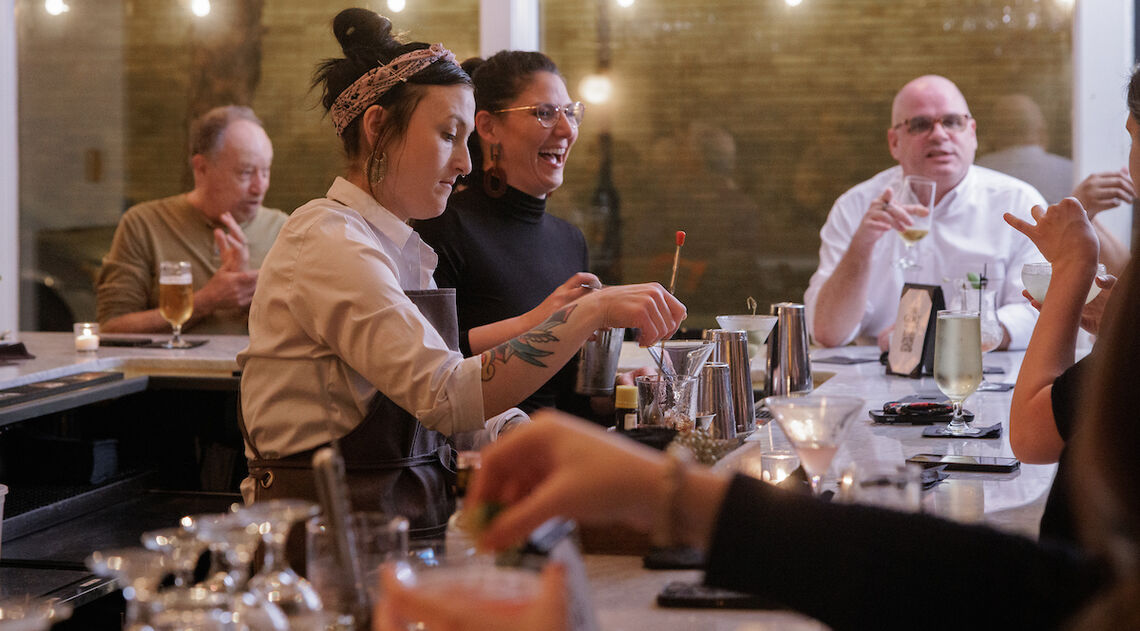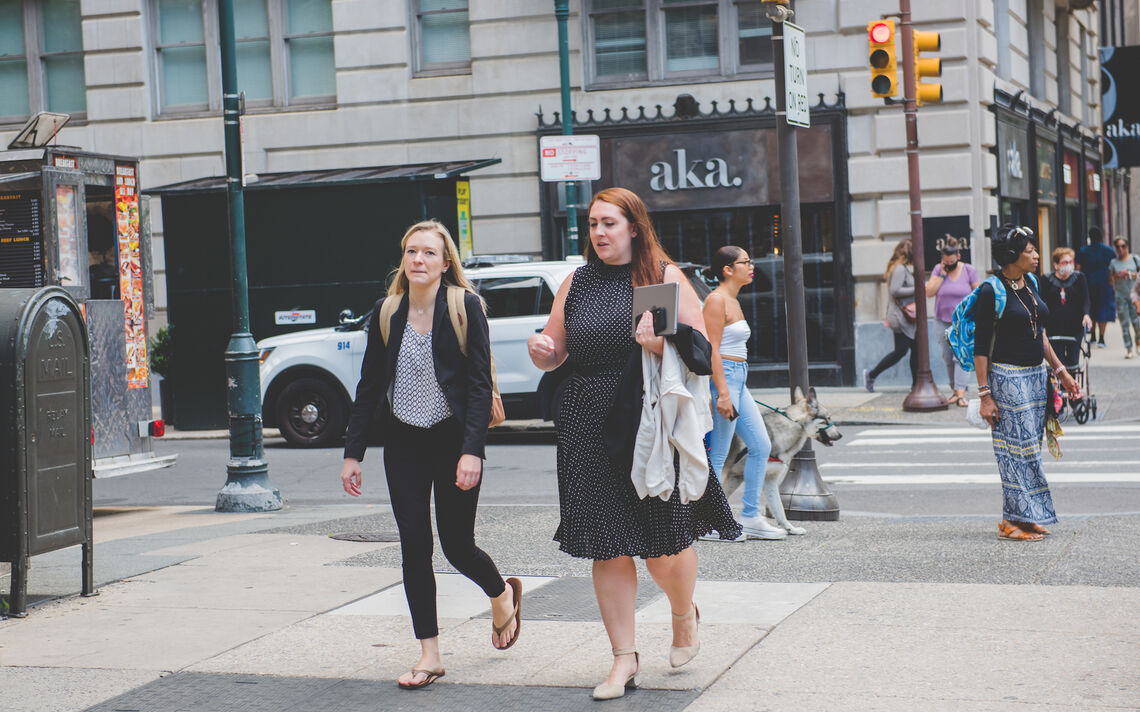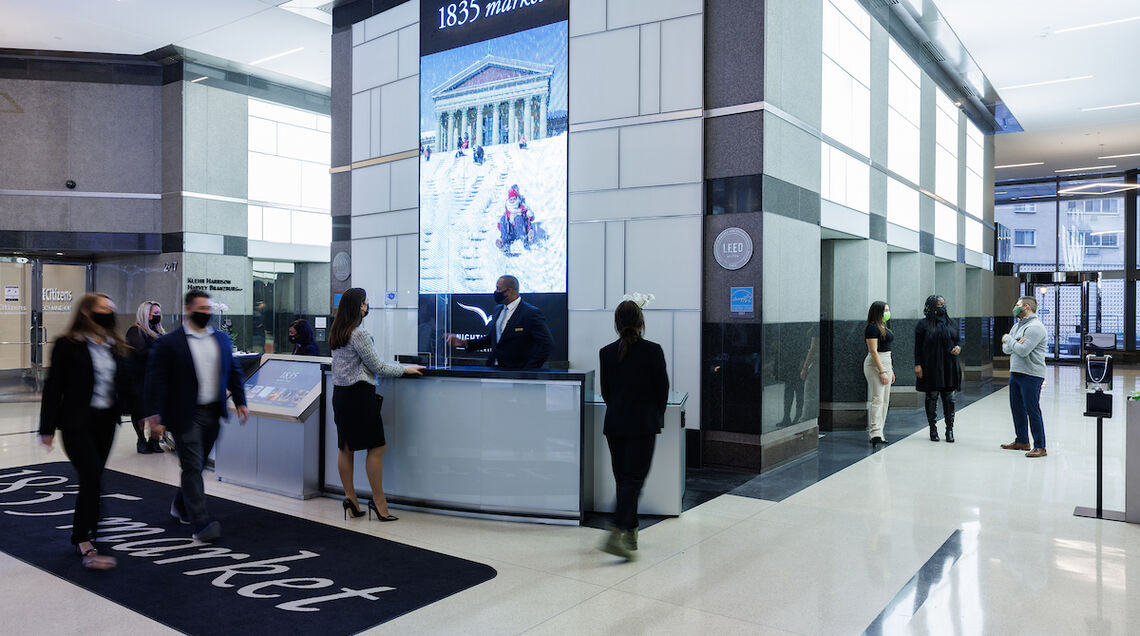Return to Office
While Center City is enjoying continuing signs of recovery, including more daily pedestrians and transit riders, and more retail and restaurant openings, an accelerated return-to-office timetable is essential to a more robust recovery. Let’s talk about some of the sectors of the economy that benefit from office workers returning downtown.
Restaurants and Bars
Center City is one of the country’s finest culinary destinations, with more than 600 restaurants, outdoor cafes, rooftop bars, streeteries and pop-ups serving cuisines from all over the globe. The return of office workers is good for businesses and a busy location fuels the need for more staffing, adding to the jobs available downtown. Office workers returning downtown directly help Center City maintain its status as a foodie’s paradise.

Retail
Do you love shopping in Center City? Us too! When office workers return downtown, they don’t just stay at their desks all day before returning home. There are more than 550 retail storefronts downtown – with many more opening in the weeks ahead -- and each one provides opportunities to run errands on a lunch break or go shopping after work. The added foot traffic generated by office workers in Center City is critically important to retailers, including the local and regional shops that comprise 70% of downtown tenants. And just like with restaurants, returning Center City office workers is good for business and helps to grow jobs.

Hourly Workers
Speaking of jobs, staying remote has adverse impacts on thousands of hourly workers. When office workers return, so does the need for cleaning staff, building engineers and security. Aside from restaurants and retailers, every 500,000 square feet of occupied office space supports five building engineers, 18 cleaning jobs, 12 security positions, and 11,000 hotel rooms filled with business travelers. An estimated 3,000 jobs could be at risk if we don’t see more office workers return downtown.

The city’s greatest job losses remain in leisure, hospitality and restaurants, all sectors that depend on face-to-face interaction. While job losses in the office sector, health care and education are less severe, remote work diminished the vitality of downtown, depressed city tax revenues and eliminated many jobs supported by the 300,000 workers who walked, biked or commuted into the downtown each day at the beginning of 2020.
The more business, civic and political leaders factor into their decision-making their impact on the ecosystem that links together high, moderate and lower wage positions downtown, the sooner Philadelphia can achieve more inclusive recovery and more robust growth.
Recently, we hosted a #goodtobebackPHL contest on social media in which we asked users to share why they are happy to be back in the office. Take a look at what people have been sharing and tell your #goodtobebackPHL story too.
#goodtobebackPHL
